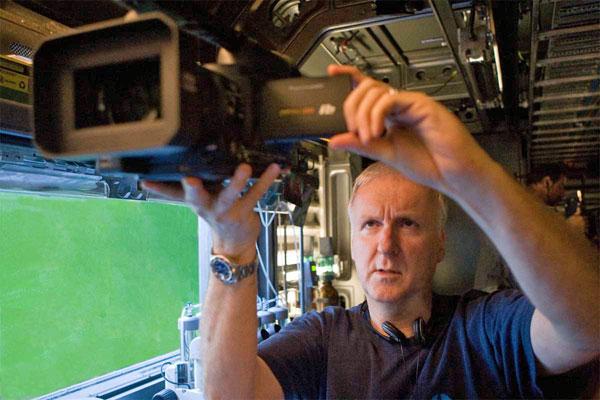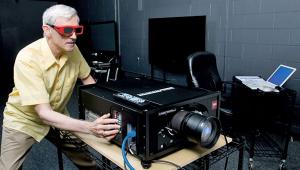James Cameron Plans Better 3D for Avatar 2

How will he accomplish this? First, he intends to shoot and display the movie at a rate of 48 or perhaps even 60 frames per second, rather than the traditional 24fps, which, he says, "will eliminate a lot of the motion artifacts that I think are causing some people problems. People talk about feeling sick or something like that, and I think it’s because the image is strobing. That’s a function of the 24-frame frame rate, which has actually got nothing to do with 3D. It’s just made more apparent because the 3D is otherwise such an enhanced, realistic image, that all of a sudden you’re aware of this funky strobing which you weren’t aware of." (Sound designer and film editor Walter Murch offers a different take on the cause of 3D sickness here.)
Another factor Cameron intends to address is the light level in theaters, which is far lower with 3D presentations than with 2D. The Speakeasy interview includes no details about how Cameron plans to do that; after all, he has no control over individual theaters. It would require new, much brighter projectorsor perhaps stacked projectors as in Imax 3Dwhich most theaters probably can't afford.
I don't see how raising the presentation's light level would decrease the incidence of 3D sickness, though I would certainly welcome a brighter 3D image. On the other hand, I think Cameron might be on to something with the frame rate. And I'm all for increasing the frame rate in any event, which will make movie motion much smoother and sharper. Of course, that would also mean updating the Blu-ray spec to support 1080p/48 and 60, not to mention new players, TVs, and cables that can accommodate the higher bandwidth. But hey, that would give consumers something new to buy until 4K becomes available!














































